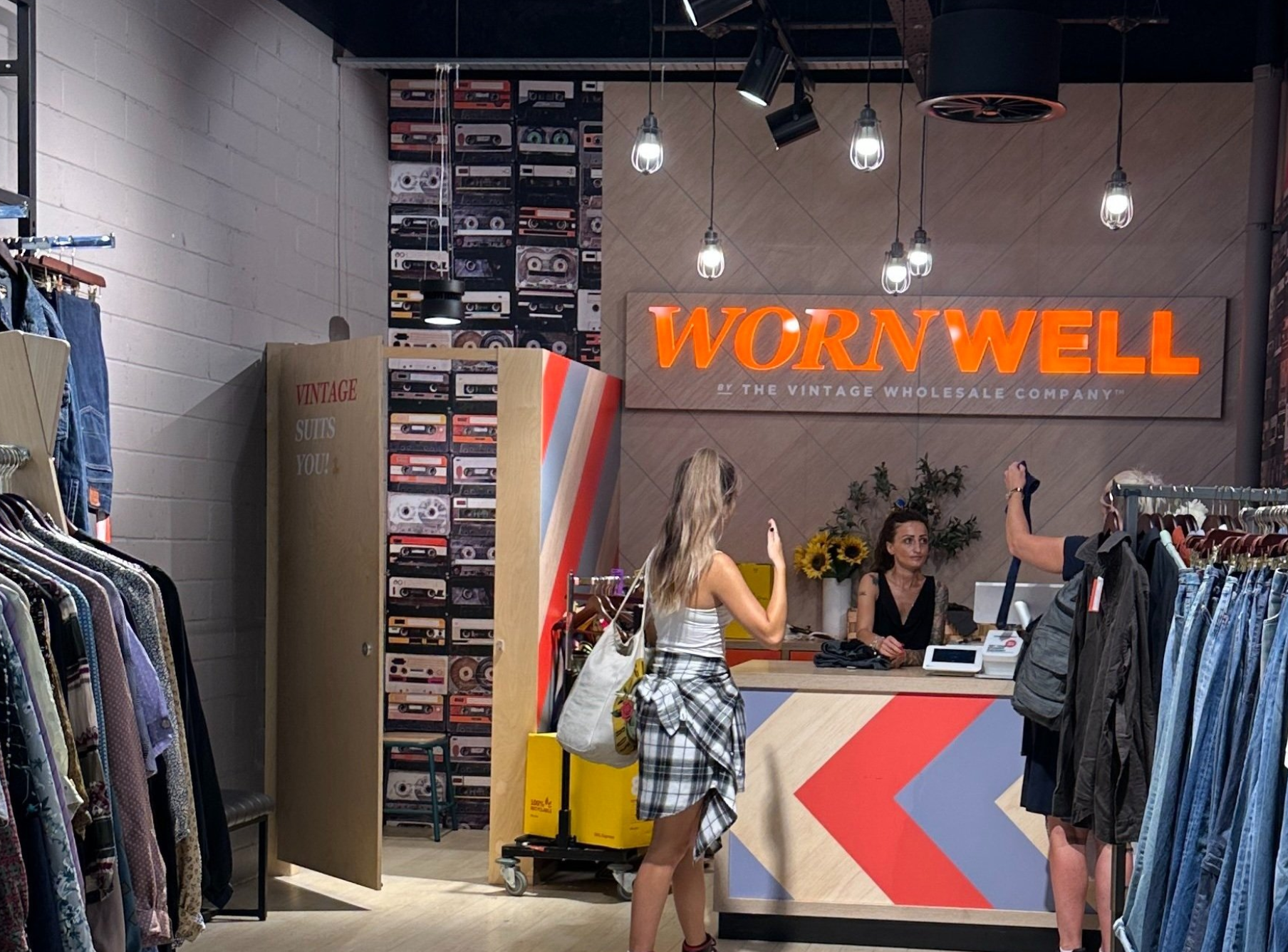Second-Hand Pop-Ups: Are UK Retailers Missing the Brand Loyalty Mark and More Importantly an Opportunity?
We’ve watched with interest as high street brands experiment with second-hand "pop-ups" in-store. While this move acknowledges growing demand for circular fashion, many retailers we believe are missing a critical opportunity to deepen brand loyalty—by showcasing second-hand garments from other brands instead of their own.
Take Primark’s second-hand pop-up in collaboration with Worn Well in it’s flagship Oxford Street store as well as other stores throughout the UK. While they aim to present a more sustainable front, the product mix is dominated by labels entirely unrelated to Primark’s own value-driven customer base. Similarly, Superdry’s Regent Street second-hand initiative features an eclectic mix of products, many of which are detached from Superdry’s design identity or lifestyle appeal.
Compare this to Urban Outfitters, whose Urban Renewal pop-ups consistently align with their core customer. Their second-hand offering reinforces the brand’s aesthetic, values, and trend sensibilities—strengthening loyalty while supporting sustainability.
This raises an important question: what is the objective of these pop-ups? If the goal is to drive sustainable behaviours and extend product lifecycles that’s great -we fully endorse this BUT why promote other brands’ quality and design instead of your own?
With many retailers now carving out prime shop floor space for second-hand concepts, this approach could be doing more harm than good. Customers shop your brand because they love your product—so why fill your resale racks with pieces that may not even align with your demographic or brand DNA?
If second-hand is to become a viable long-term model in high street retail, brands must take ownership of their own resale journey. Curating second-hand collections of their own past-season or returned stock not only reinforces product quality but also closes the loop in a meaningful way- lets be authentic.
Sustainability doesn’t need to dilute brand identity—it should enhance it – lets only make products we are proud of so that we can all love Pre-Loved.

